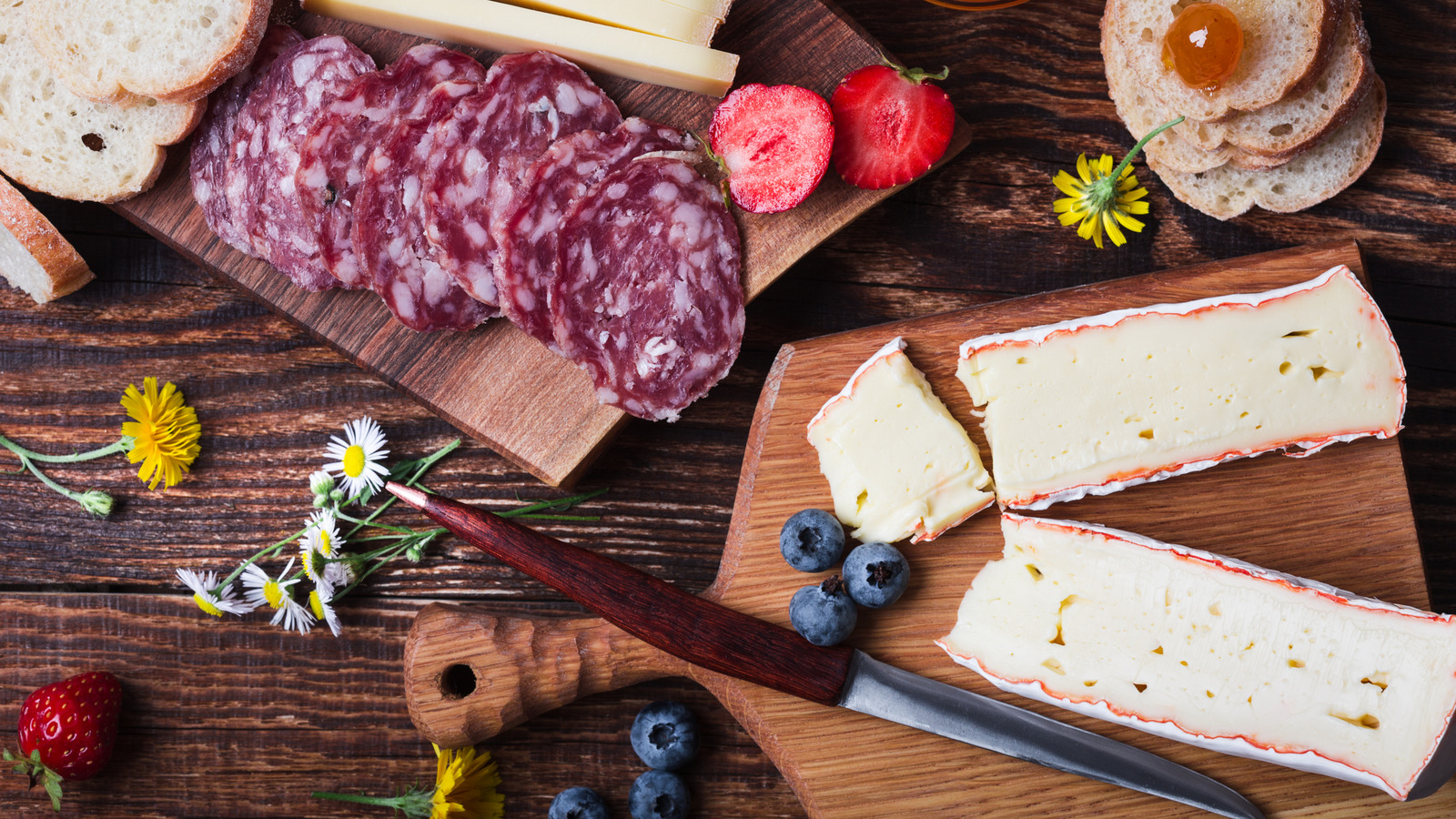
"When the days get longer and the nights get warmer, carnivorous foodies start craving the sweet, tangy, smoky taste of summer sausage. In case you've ever wondered, it's called "summer sausage" not because you should eat it during the summertime, but because (before the advent of refrigeration) you could. Like many types of cured meat, summer sausage traces back to the foodies of Europe, who were curing and fermenting their meats as a pre-refrigeration preservation method."
"Comparatively, summer sausage is less dry than other dried, cured meats like Spanish chorizo and Italian salami, losing about 15% of its natural moisture. For a hardier shelf life, healthy microorganisms are introduced to summer sausage during its fermentation process. Lactobacillus bacteria, which is also the active player in other fermented foods like yogurt, lowers the meat's pH by converting the sugars into lactic acid. That lower pH makes summer sausage even more resistant to harmful bacteria growth -"
Summer sausage combines curing, drying, and fermentation, and is sometimes smoked, to produce a spoilage-resistant, shelf-stable meat. The product typically loses about 15% of its natural moisture, making it less dry than Spanish chorizo or Italian salami. Fermentation introduces Lactobacillus bacteria that convert sugars into lactic acid, lowering pH and inhibiting harmful bacteria while creating a tangy flavor. Traditional production methods originate from Germany, Poland, and other European regions. Long shelf life historically allowed safe consumption during hot summer days before refrigeration. Gifting summer sausage remains a holiday tradition in some American communities.
Read at Tasting Table
Unable to calculate read time
Collection
[
|
...
]